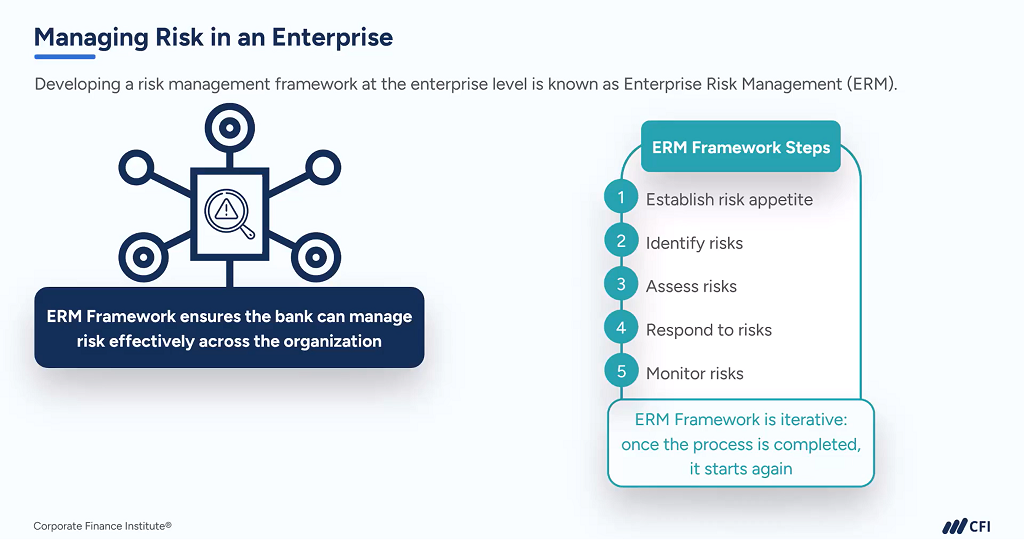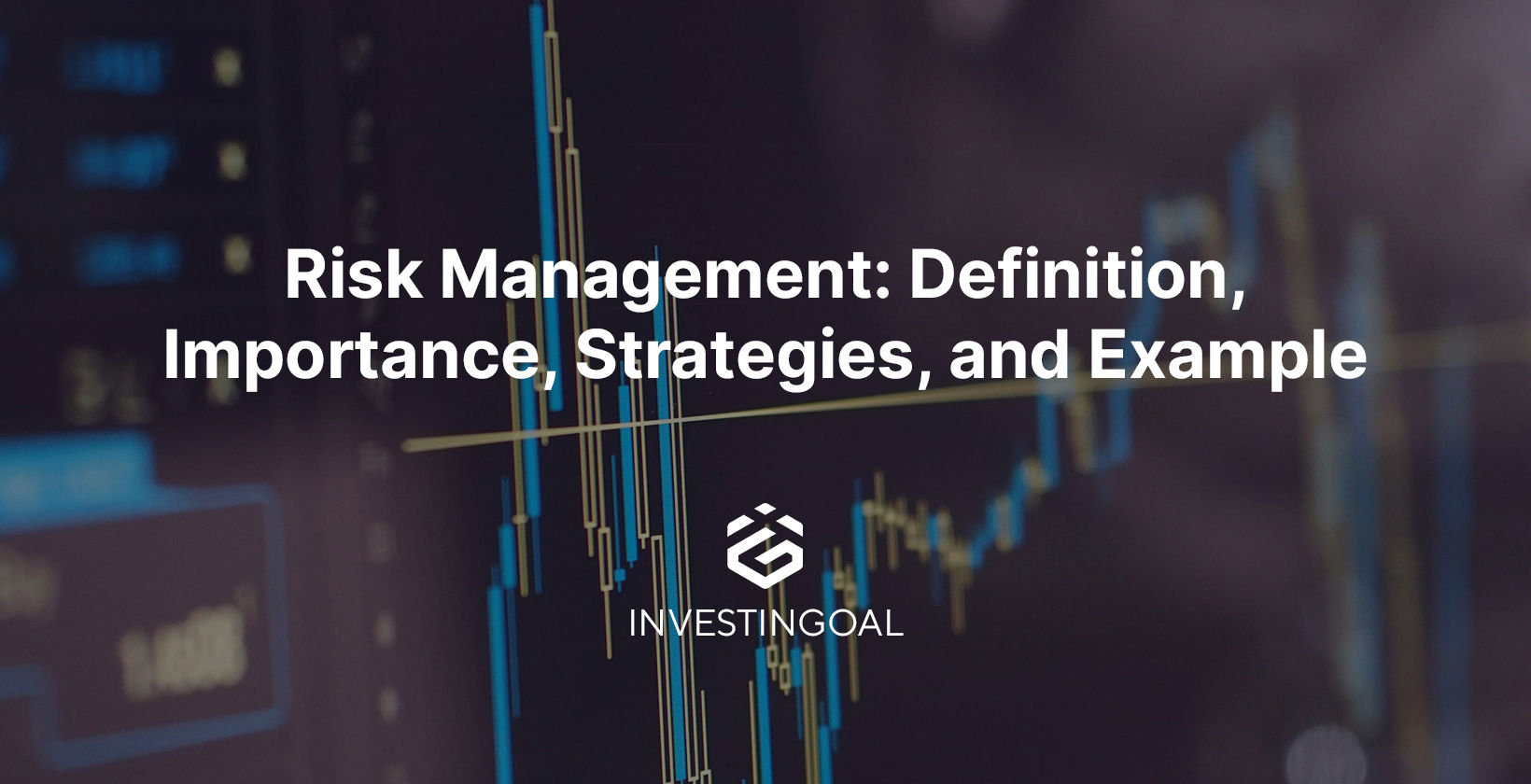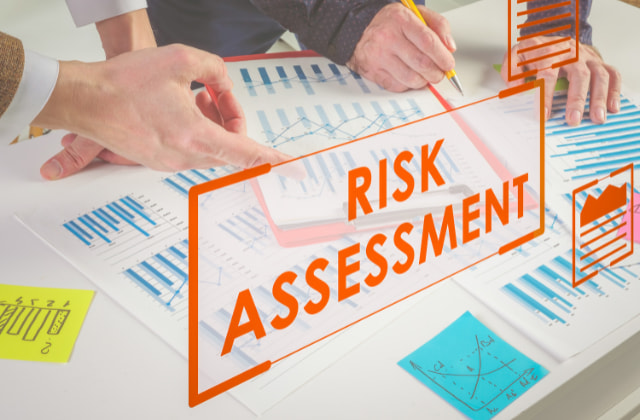The Impact of the Importance of Risk Management on Organizational Governance
The Impact of the Importance of Risk Management on Organizational Governance
Blog Article
Checking out the Significance of Risk Management for Effective Decision-Making Techniques
In the detailed world of business, Risk Management becomes an important element in the decision-making process. The capability to recognize potential dangers and chances, and strategize as necessary, can spell the difference in between success and failure. With devices such as SWOT and PESTEL, companies are geared up to make enlightened selections, promoting resilience and adaptability in an ever-changing setting. Wondering exactly how this works? Let's unload the characteristics better.
Comprehending the Principle of Risk Management
Risk Management, a vital part in decision-making, is often misinterpreted or oversimplified. Generally, it describes the identification, examination, and prioritization of dangers to minimize, monitor, and regulate the possibility or impact of unfavorable events. It's not merely regarding protecting against negative end results, yet also regarding acknowledging prospective possibilities. Risk Management includes structured and self-displined methods, using data and insightful assessments. It needs an extensive understanding of the company's context, purposes, and the possible threats that could thwart them. From monetary uncertainties, legal obligations, calculated Management mistakes, to crashes and all-natural calamities, it deals with different threats. Notably, effective Risk Management is not stationary; it's a continual, positive process that evolves with transforming conditions.
The Function of Risk Management in Decision-Making Processes
In the realm of calculated preparation and business operations, Risk Management plays an essential function in decision-making procedures. It assists in identifying possible threats and uncertainties that might affect the accomplishment of business goals. By mapping these threats, firms can formulate strategies to mitigate their effect, making certain organization connection and stability. Risk Management hence comes to be a vital device in decision-making, assisting leaders to make educated choices based on a detailed understanding of the risks involved. It encourages a positive technique, allowing organizations to prepare and prepare for for feasible future circumstances. This dramatically reduces the probability of unfavorable effects, advertising a lot more efficient and effective decision-making methods. Risk Management offers as a vital element in the decision-making processes of any type of company.

Exactly How Risk Management Enhances Strategic Planning
In the context of strategic planning, Risk Management plays a pivotal function. Starting with the identification of potential risks, it even more reaches the execution of Risk reduction measures. The duty of Risk Management is dynamic yet not fixed, as it demands consistent tracking and adjusting of techniques.
Identifying Potential Threats

Implementing Risk Mitigation
Risk mitigation techniques can vary from Risk evasion, Risk transfer, to run the risk of reduction. Each technique ought to be tailored to the details Risk, considering its prospective influence and the company's Risk tolerance. Effective Risk reduction calls for a deep understanding of the Risk landscape and the prospective impact of each Risk.
Tracking and Changing Techniques
Though Risk mitigation is an important action in tactical preparation, continual surveillance and change of these approaches is just as crucial. This recurring procedure allows organizations to recognize new threats and reassess existing ones, ensuring the applied methods continue to be efficient in the ever-changing company environment. It also gives an opportunity to review the success of the Risk Management actions, allowing adjustments to be made where necessary, more improving strategic preparation. Reliable monitoring and adjustment call for using analytics and key efficiency indications (KPIs) to determine effectiveness. These tools supply important data-driven insights that can notify calculated decision-making. For that reason, monitoring and adjusting Risk Management strategies is a vital element for improving an organization's resilience and critical planning.
Situation Studies: Successful Risk Management and Decision-Making
In the world of business and money, successful Risk Management and decision-making often act as the pillars of thriving ventures. One such entity is an international oil business that minimized economic loss by hedging versus fluctuating oil costs. In one more instance, a technology start-up thrived by recognizing and approving high-risk, high-reward techniques in an unstable market. A worldwide financial institution, confronted with governing unpredictabilities, efficiently navigated the scenario via aggressive Risk analysis and dynamic decision-making. These situations highlight the value of sharp Risk Management in decision-making processes. It is not the absence of Risk, however the Management of it, that frequently distinguishes effective companies from unsuccessful ones. These instances emphasize the essential function of Risk Management in critical decision-making. importance of risk management.
Devices and Strategies for Reliable Risk Management
Navigating the complex puzzle of Risk Management calls for the right collection of techniques and tools. These click over here now devices, such as Risk registers and warm maps, aid in recognizing and evaluating potential dangers. Methods include both measurable approaches, like level of sensitivity evaluation, and qualitative techniques, such as SWOT evaluation. These assistance in focusing on risks based upon their possible impact and chance. Risk response strategies, a key component of Risk Management, include accepting, avoiding, transferring, or mitigating threats. Monitoring and controlling threats, via routine audits and reviews, make sure that the approaches stay effective. With these tools and methods, decision-makers can navigate the complicated landscape of Risk Management, thus assisting in informed and reliable decision-making.
Future Fads in Risk Management and Decision-Making Methods
As we discover the large landscape of Risk Management, it becomes evident that the methods and devices made use of today will certainly proceed to evolve. Future patterns aim towards an increased dependence on innovation, with expert system and artificial intelligence playing significant roles. These innovations will enable organizations to anticipate prospective dangers with better precision and make more educated choices. Furthermore, there will be a growing focus on resilience, not simply in taking care of threats however likewise in recovering from damaging scenarios. Last but not least, the idea of Risk society, where every participant of an organization understands and associated with Risk Management, will obtain more importance. These patterns advertise an even more proactive and comprehensive strategy in the direction of Risk Management and decision-making.
Conclusion

Risk Management thus becomes an essential device in decision-making, helping leaders to make educated options based on a comprehensive understanding of the risks involved. Risk mitigation methods can range from Risk avoidance, Risk transfer, to run the risk of decrease (importance of risk management). Reliable Risk mitigation needs a deep understanding of the Risk landscape and the prospective impact read here of each Risk. Risk response techniques, a crucial part of Risk Management, entail approving, preventing, moving, or mitigating risks. The idea of Risk culture, where every member of an organization is mindful and included in Risk Management, will gain more importance
Report this page